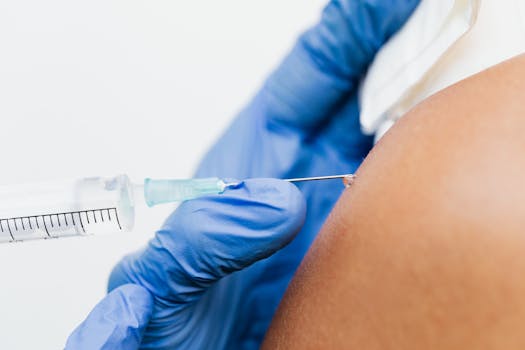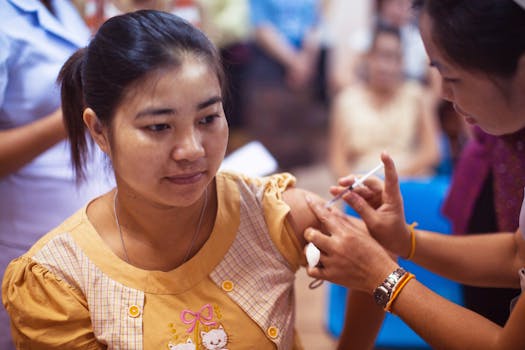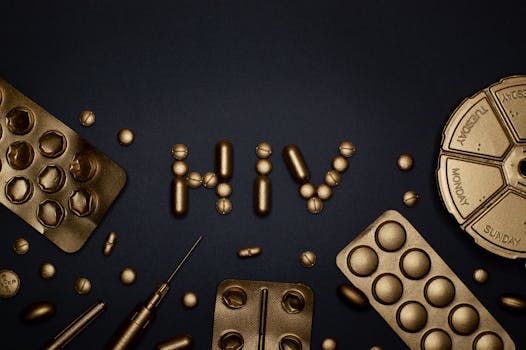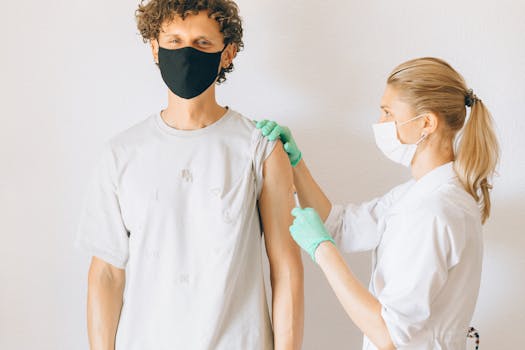
Vaccines are a cornerstone of public health, significantly reducing the incidence of infectious diseases. The science behind vaccines involves understanding the immune system and how vaccines stimulate it to provide protection against diseases.
Understanding the Immune System

The immune system is a complex network of cells and proteins that defends the body against infection. It is composed of two main components: innate and adaptive immunity. Innate immunity is the body’s first line of defense, providing immediate response to pathogens. Adaptive immunity, on the other hand, takes longer to develop but offers a targeted and long-lasting response.
How Vaccines Work

Vaccines work by mimicking an infection. When a vaccine is administered, it introduces a harmless component of a pathogen, such as a protein or a weakened version of the virus. This exposure prompts the immune system to produce antibodies. In the event of actual infection, these antibodies recognize and combat the pathogen effectively.
The Role of Vaccines in Public Health

Vaccines have played a pivotal role in public health by controlling and eradicating diseases. For instance, the smallpox vaccine led to the eradication of the disease in 1980. Vaccination programs have also significantly reduced cases of measles, polio, and other infectious diseases. Furthermore, herd immunity protects those who cannot be vaccinated, such as individuals with certain medical conditions.
Addressing Vaccine Hesitancy

Despite the proven benefits of vaccines, vaccine hesitancy remains a challenge. Misinformation and fear can lead to reluctance in vaccination, potentially causing outbreaks of preventable diseases. Public health initiatives focus on education and transparent communication to address these concerns and encourage vaccination.
Conclusion

The science behind vaccines is rooted in our understanding of the immune system and its capacity to respond to pathogens. Vaccines are not only vital for individual health but also crucial for the well-being of communities. Continued education and advocacy are essential to ensure high vaccination rates and protect public health.





